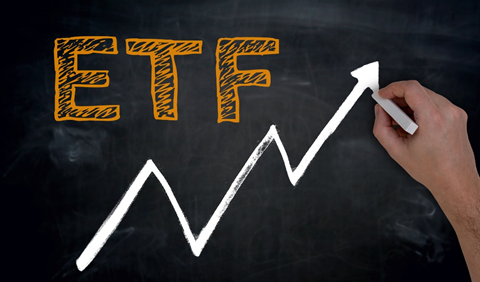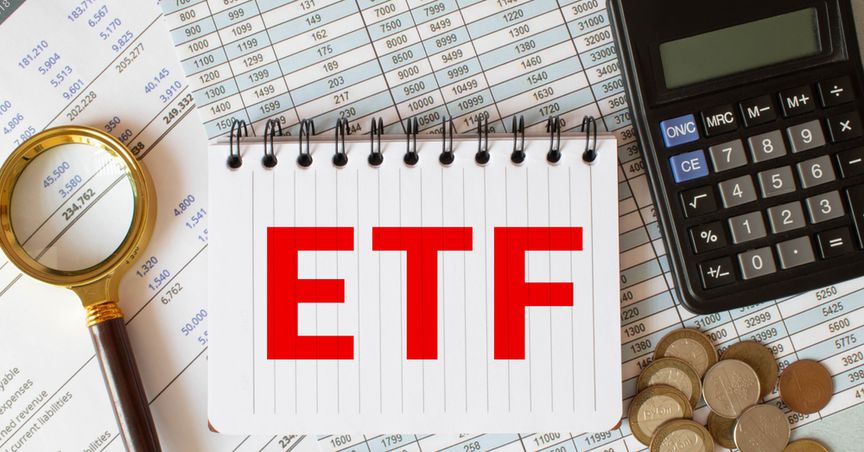Summary
- Exchange-traded funds are the securities that track a market index, commodity, or other assets and are traded on a stock exchange just like a regular stock.
- Exchange-traded funds or ETFs have grown to be a popular investment choice.
- Until last year there were 200 ETFs listed on the Australian Stock Exchange.
For investors, purchasing ETFs can be a wise and low-cost strategy to have an optimal portfolio. However, with so many ETFs around, it sometimes becomes challenging to select the one that best suits an investor’s goals. Fortunately, several factors can help us identify the ETFs offering the lowest costs and most productive for each asset class.
Related Read: Three ASX ETFs that give investors access to US markets
What are ETFs?
Exchange-traded funds are the securities that track a market index, commodity, or other assets and are traded on a stock exchange just like a regular stock. ETFs are similar to mutual funds in many ways; however, one significant difference is that ETFs are traded throughout the day on stock exchanges, whereas mutual are traded based on their price at day's end. ETFs are considered an attractive investment option due to their low cost, tradability, and tax-efficient nature. ETFs hold different types of assets such as stocks, commodities, bonds. In addition, ETFs can be a perfect choice for diversification because they consist of multiple asset classes.
Related Read: Do you know these five important things about Bitcoin ETFs?
Recently, the ETF market has become highly competitive. This has benefitted the investors, as the competition has driven the ETF fees to an extreme low, thus making ETFs more cheap. However, the growing number of ETFs has also left investors confused. Few tricks can help individuals pick the right ETF.
Good Read: Are ETFs better than Mutual funds?

Image Source: © 8vfand | Megapixl.com
Some of the essential factors which should be taken into account while picking an ETF are:
- Level of Assets: To become a viable investment option, the minimum level of assets, a standard threshold in an ETF, should not be less than $10 million. Any ETF whose assets are less than this threshold will not entice investors.
- Trading Volume: It is seen that in most prominent ETFs, trading volume runs into millions of shares each day, while there are ETFs that hardly trade at all. Trading volume is the best indicator of liquidity, irrespective of the asset class. Thus, greater the trading volume of an ETF, the higher is its liquidity.
- Look at the returns: Check the returns (including fees) for different periods and how they have performed over the last few years.
- Underlying Index or Asset: Consider the different types of investments such as commodities or stocks, which the ETF holds. From the diversification perspective, it is preferred to invest in diversified ETFs.
- Market Position: It is normally considered that the first ETF issuer has higher chances of gathering the lion's share of assets than others. Hence, it is good to avoid ETFs that are just a replica of an original idea because they are probably unable to differentiate themselves from their competitors.
Few prominent ETFs listed in Australia include:
- Vanguard Australian Shares INDEX ETF (ASX:VAS)
- Betashares Australian Strong Bear (Hedge Fund) (ASX:BBOZ)
- SPDR S&P/ASX 200 ETF (ASX:STW)
- BetaShares Geared US Equity Fund Currency Hedged Hedge Fund (GGUS:ASX)
- ETFS Battery Tech & Lithium ETF (ACDC:ASX)
- BetaShares Geared Australian Equity Fund (Hedge Fund) (ASX:GEAR)
- Ishares Core S&P/ASX 200 ETF (ASX: IOZ)
Related Read: Which are the most exciting ASX-listed ethical ETFs?



